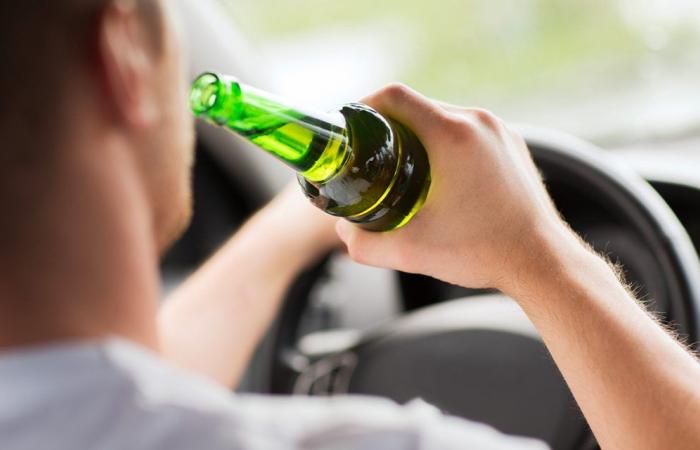Australian researchers are currently working on technology that can detect signs of drunkenness in drivers. To do this, they use the images captured by the ever-increasing number of intelligent cameras on board our vehicles.
Every year in France, alcohol wreaks havoc on the roads. According to data from Road Safety, alcohol consumption is responsible for 30% of road deathsAnother telling figure is that drunk drivers are 17.8 times more likely to be responsible for a fatal accident.
Even from 0.5 grams per liter of alcohol in the blood, the risks are very real:
- narrowing of the field of vision
- altered perception of relief, depth and distances
- greater sensitivity to glare
- impaired coordination of movements
- reduced alertness and resistance to fatigue
- reduced or distorted risk assessment capacity
Also read: Cars in the United States to be equipped with anti-drunk systems by 2027
Detecting signs of drunken drivers
To combat this scourge, Australian researchers from Edith Cowan University have developed a promising technology. The idea? Sscan and analyze images provided by smart camerass installed on board our cars to detect signs of intoxication in driversTo do this, the system focuses in particular on facial expressions, the direction of gaze or the movements and position of the head.
To test their technology, these experts conducted real-life tests. The dozens of volunteers were divided into three groups corresponding to different blood alcohol levels. The participants then took their places on a driving simulator.
75% overall accuracy
“Our system detects different levels of inebriation, with an overall accuracy of 75% across all three levels,” says Ensiyeh Keshtkaran, a doctoral student leading the project.
As promising as it is, this technology has its limits. For good reason, its use implies that the driver already has his hands on the steering wheel. And unless it is integrated into the vehicle’s electronic systems (to prevent the ignition from being switched on, for example, if signs of drunkenness are detected), nothing stops the drunk user from turning the key and hitting the road.
In fact, researchers are instead considering provide this solution to video surveillance companies. “If low-resolution videos prove sufficient, this technology could be used by roadside surveillance cameras, and law enforcement could use it to prevent drunk driving. they explain. As a reminder, some manufacturers have already installed similar systems in their vehiclesThis is particularly the case for Volvo in the EX90, its latest electric SUV.
Source : BFM






